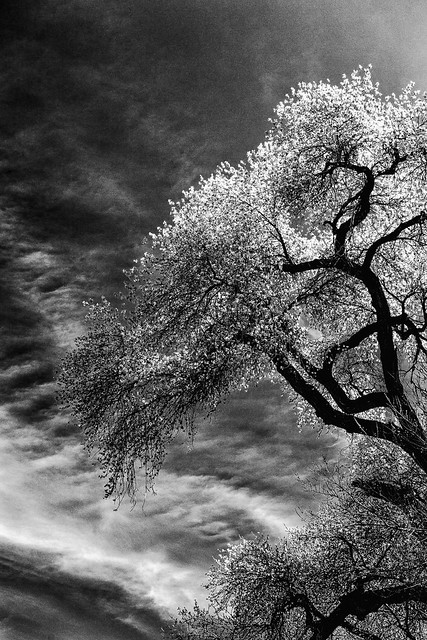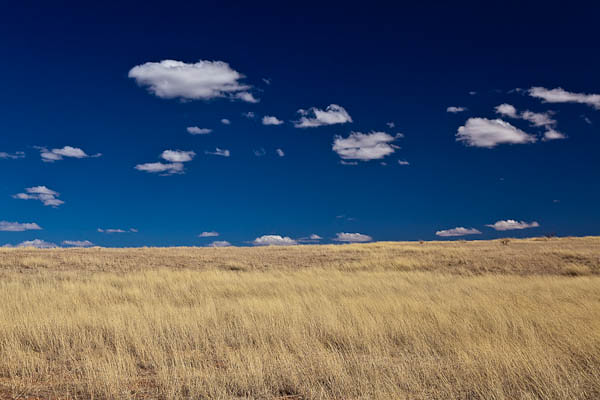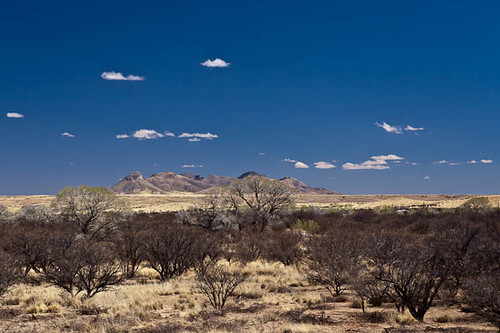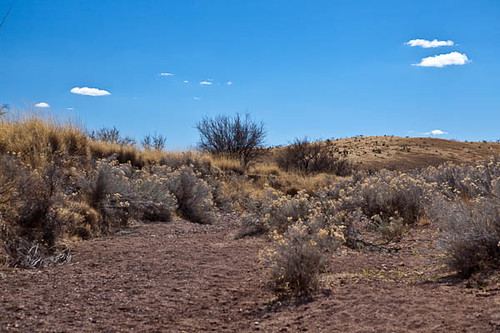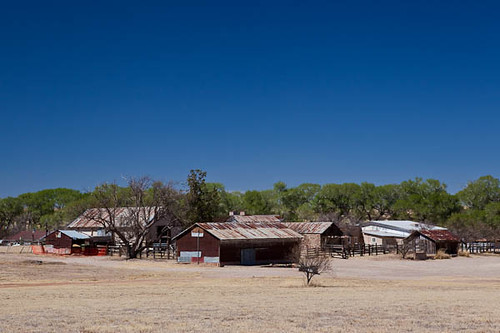For me, trees have always been the most penetrating preachers. I revere them when they live in tribes and families, in forests and groves. And even more I revere them when they stand alone. ~ Hermann Hesse, Bäume. Betrachtungen und Gedichte
A tree stands in the spreading grasslands of the Empire Ranch, a thriving ranch from the 1870s to the 1970s.
Empire Ranch was not only a ranch. It was the set for dozens of western styled movies and television shows, filmed from 1946 through 1998.
I imagine many a movie great walked the land under this cottonwood tree.
Just a few of the many movies icons and films shot on this wide open “set” were: John Wayne in https://www.petwantsclt.com/petwants-charlotte-ingredients/ Red River, (1948); Gordon McRae, Shirley Jones in https://oleoalmanzora.com/oleoturismo-en-pulpi/ Oklahoma!(1955); James Arness, Dennis Weaver, Amanda Blake in Gunsmoke, several shows (1955-75); Burt Lancaster, Kirk Douglas in https://www.petwantsclt.com/petwants-charlotte-ingredients/ Gunfight at the O.K. Corral, (1957); Lorne Greene, Michael Landon, Dan Blocker, several shows of Cheap Tramadol Cod Delivery Bonanza (1959-73); Barbra Streisand, Kris Kristofferson in A Star Is Born (1976); and Barbara Stanwyck, Walter Huston in The Furies (1950).
They are like lonely persons. Not like hermits who have stolen away out of some weakness, but like great, solitary men, like Beethoven and Nietzsche. In their highest boughs the world rustles, their roots rest in infinity; but they do not lose themselves there, they struggle with all the force of their lives for one thing only: to fulfill themselves according to their own laws, to build up their own form, to represent themselves. ~ Hermann Hesse, Bäume. Betrachtungen und Gedichte
This tree has a history, but the history I imagine for it is a fictional one.
It is easy to imagine a movie crew resting in the shade of this cottonwood between takes filmed under the unforgiving desert sun. It is easy to imagine the children who lived and played on the working ranch bringing a picnic spread to eat under the tress. Perhaps there was a doll party or two. Or even a child’s birthday party.
An argument, a first kiss, a fist fight, a marriage proposal? The tree was near enough the ranch to be a convenient gathering place for all sorts of events.
Nothing is holier, nothing is more exemplary than a beautiful, strong tree. When a tree is cut down and reveals its naked death-wound to the sun, one can read its whole history in the luminous, inscribed disk of its trunk: in the rings of its years, its scars,
all the struggle, all the suffering, all the sickness, all the happiness and prosperity stand truly written, the narrow years and the luxurious years, the attacks withstood, the storms endured. And every young farm boy knows that the hardest and noblest wood has the narrowest rings, that high on the mountains and in continuing danger the most indestructible, the strongest, the ideal trees grow. ~ Hermann Hesse, Bäume. Betrachtungen und Gedichte
A solitary tree in the high desert is a mighty thing.
Few trees reach the stature of a cottonwood in this land. The cottonwoods create a sinuous ribbon of life contrasted with the parched white grasses spreading away from the dry creek beds. The trees, with deep roots, can access the deeper water aquifers that other plants cannot.
This tree stand solitary, sacaton grasslands spread from it in all directions for miles. In the harsh light, the light is brighter, the shadows are deeper. The cottonwood is beginning to leaf out, but the brilliant light transforms the individual fluttering leaves into brilliantly lit diamonds.
Empire Ranch offers many opportunities for photographs, but for its introduction, I chose to focus on this one tree. When I combine this stoic tree, leaves rustling, with the distant voices in my imagination, it is enough for an introduction.
